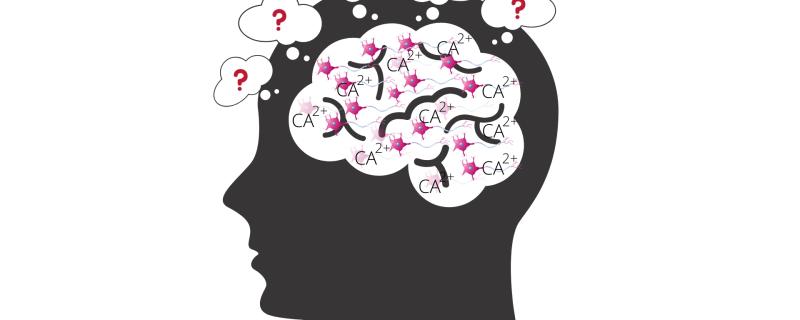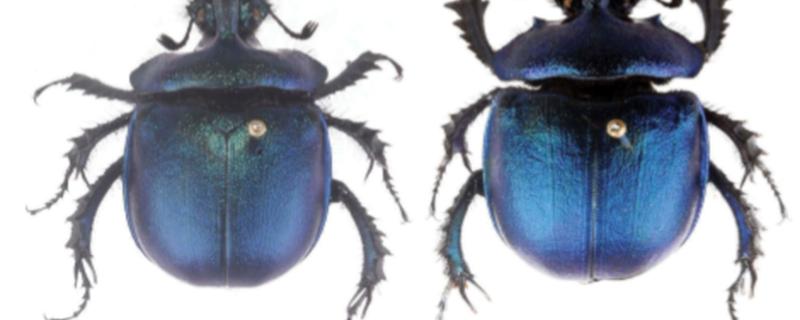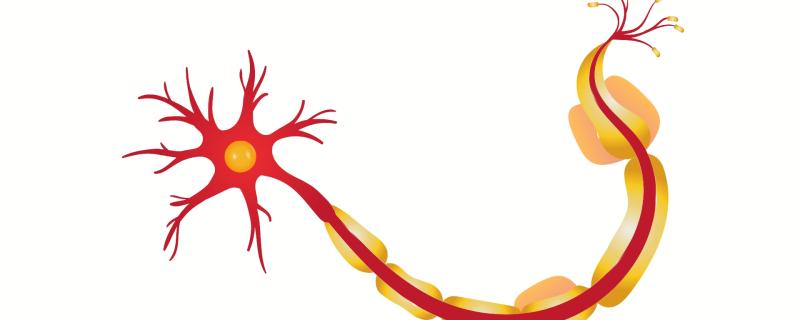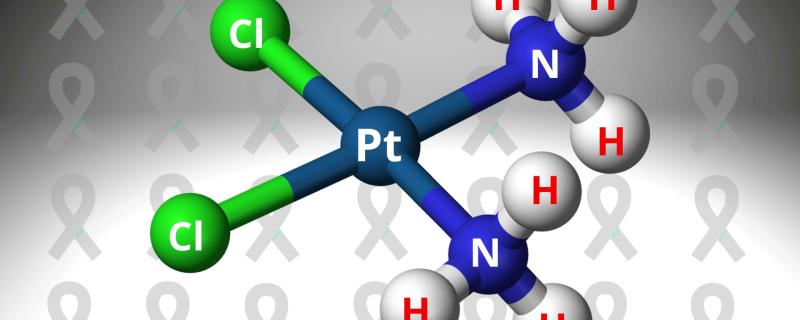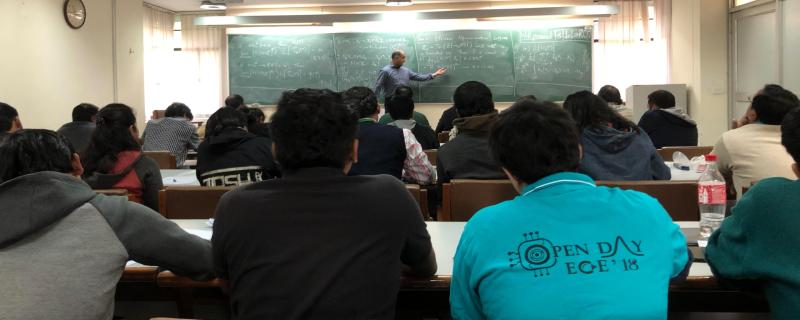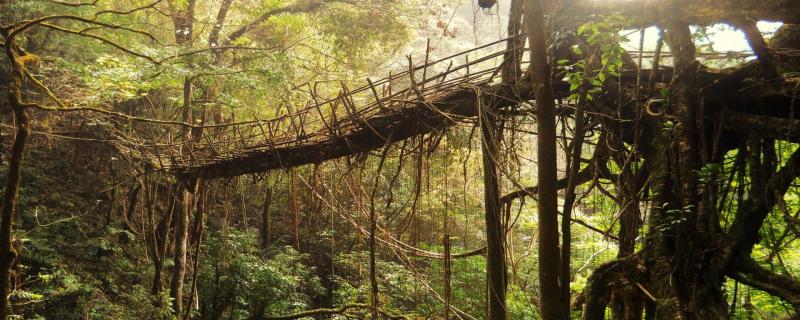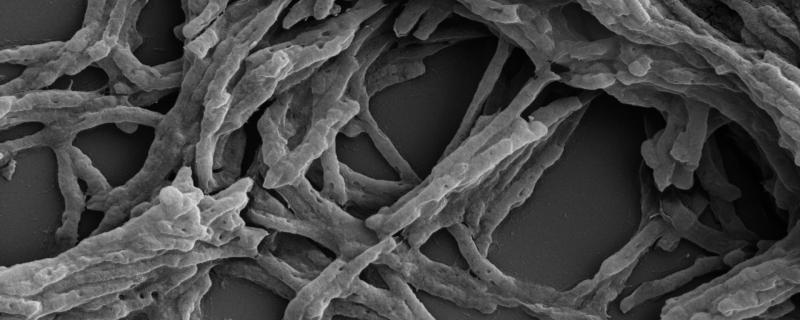Dr Neena Gupta, Associate Professor at the Theoretical Statistics and Mathematics Unit of the Indian Statistical Institute (ISI), Kolkata, has been awarded the Shanti Swarup Bhatnagar Prize 2019, in the field of Mathematical Sciences. This prize, one of the most prestigious awards in the country for research in Science, honours scientists for significant and cumulative contribution to their area of research. Dr Gupta, the youngest person in Mathematical Sciences to receive this award till date, has been recognised for her contributions to affine algebraic geometry, especially in proposing a solution to the Zariski Cancellation Problem.
Novel algorithms allows real-time monitoring and dynamic task allocation to significantly improve cooperation among autonomous robots
Mumbai/ May 3, 2024

![Dr Neena Gupta [Photo Credit: Arunita Banerjee] Mathematician Dr Neena Gupta shines as the youngest Shanti Swarup Bhatnagar awardee](/sites/researchmatters.in/files/styles/large_front_800x320/public/dr_neena_gupta.jpg?itok=KxUW1Rce)

